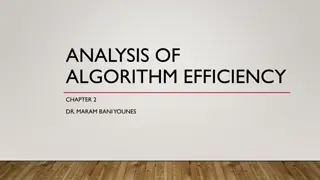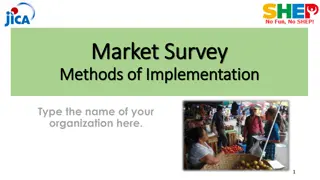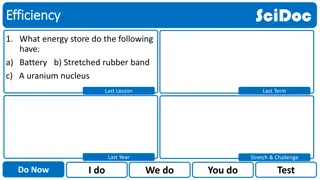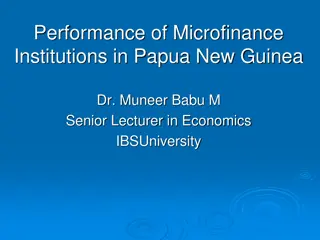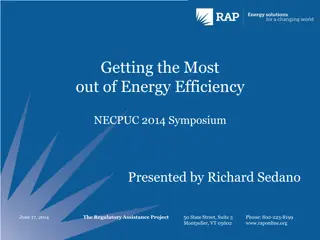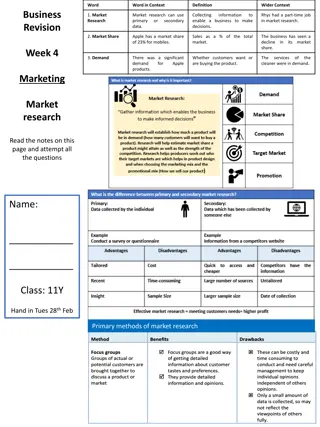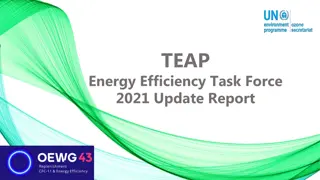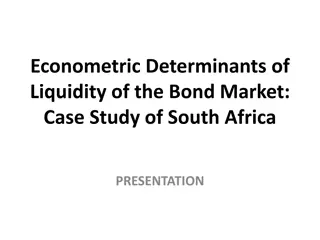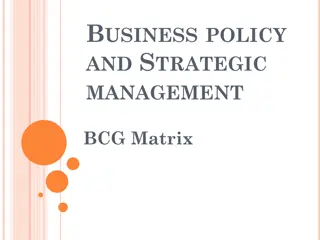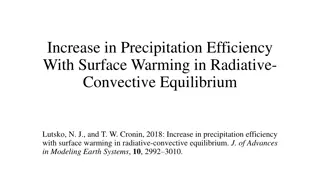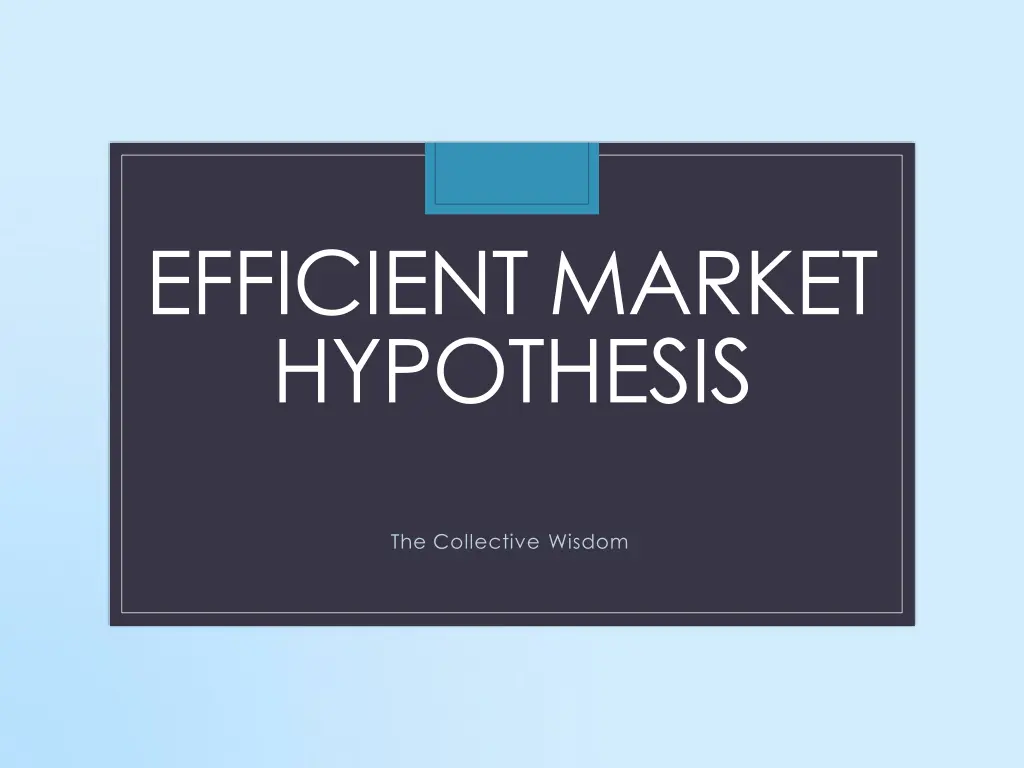
Understanding the Efficient Market Hypothesis and Market Efficiency Forms
Learn about the Efficient Market Hypothesis (EMH), a market theory by Eugene Fama, stating that financial markets are informationally efficient. Explore the three versions of EMH - weak, semi-strong, and strong forms, and understand how they impact stock pricing and investment strategies.
Download Presentation

Please find below an Image/Link to download the presentation.
The content on the website is provided AS IS for your information and personal use only. It may not be sold, licensed, or shared on other websites without obtaining consent from the author. If you encounter any issues during the download, it is possible that the publisher has removed the file from their server.
You are allowed to download the files provided on this website for personal or commercial use, subject to the condition that they are used lawfully. All files are the property of their respective owners.
The content on the website is provided AS IS for your information and personal use only. It may not be sold, licensed, or shared on other websites without obtaining consent from the author.
E N D
Presentation Transcript
EFFICIENT MARKET HYPOTHESIS The Collective Wisdom
Concept A market theory that evolved from a 1960's Ph.D. dissertation by Eugene Fama. The general concept of the efficient markets hypothesis isthat financial markets are "informationally efficient"- In other words, that asset prices in financial markets reflectall relevant information about an asset. In consequence of this, one cannot consistently achieve returns in excess of average market returns on a risk-adjusted basis, given the information available at the time the investment is made.
Forms of Market Efficiency There are three major versions of the hypothesis: "weak", "semi-strong", and "strong". The Weak form of EMH weak-form efficiency), postulates that future stock prices cannot be predicted from historical information about prices and returns. In other words, the weak form of the efficient markets hypothesis suggests that asset prices follow a random walk and that any information that could be used to predict future prices is independent of past prices. The Weak form of EMH In an weak market efficiency, fundamental analysis can help you predict prices. How? Fundamental analysis is based on public information about a company (reported earing, profit, assets etc.) Since even updated public information is not spread freely and easily, some people know that information, but not all people. The "knowledge" public with this information can use it to do fundamental analysis to help them predict share price and beat the people who don't know it. But technical analysis is still not effective, because it's based on past share prices. (We assume all people know past prices)
Hero Honda split, little short-term impact, more long-term negatives The news of the split drove the stock price down to Rs1,560 on 15th December from a high of Rs2,062 on 30th November a 24% fall in a fortnight.
Forms of Market Efficiency There are three major versions of the hypothesis: "weak", "semi-strong", and "strong". The Strong form of EMH All relevant information flows instantly and super quickly. At any one time, anyone and everyone already knows all relevant information about a share/stock. No body can earn money by using any information to "analyze" and predict future share price movements (up or down). The Weak form of EMH The strong form of EMH assumes that current stock prices fully reflect all public and private information. It contends that market, non-market and inside information is all factored into security prices and that no one has monopolistic access to relevant information. It assumes a perfect market and concludes that excess returns are impossible to achieve consistently.
Insider trading in Ranbaxy? Apr 10, 2014, Over six trading days, prior to the announcement of its acquisition by Sun Pharma on Monday, Ranbaxy shares rallied 34%. Could it be a case of insider trading? On 7th April, Ranbaxy Laboratories Ltd (Ranbaxy) announced about its acquisition by Sun Pharmaceutical Industries Ltd (Sun Pharma) in $4 billion deal. Because of this announcement, Ranbaxy share price opened 10% up and made its 52-week high at Rs. 505 on BSE before it ended lower. But why was there a sudden rise in volumes and prices over six trading days, prior to this takeover?
Forms of Market Efficiency There are three major versions of the hypothesis: "weak", "semi-strong", and "strong". The Semi-Strong form of EMH What if a market in a certain country has something in between "Strong" and "weak" Market efficiency? We usually call it "Semi-strong" market efficiency. Information moves and flows semi-quickly (but not too quickly, not as in case of "strong" market efficiency) So company officers/insiders/relatives/friends know information slightly in advance of the public and have slight advantage over normal investors like you and me. Inside information may give advantage, but public information is useless. Fundamental and technical analysis is of no use

